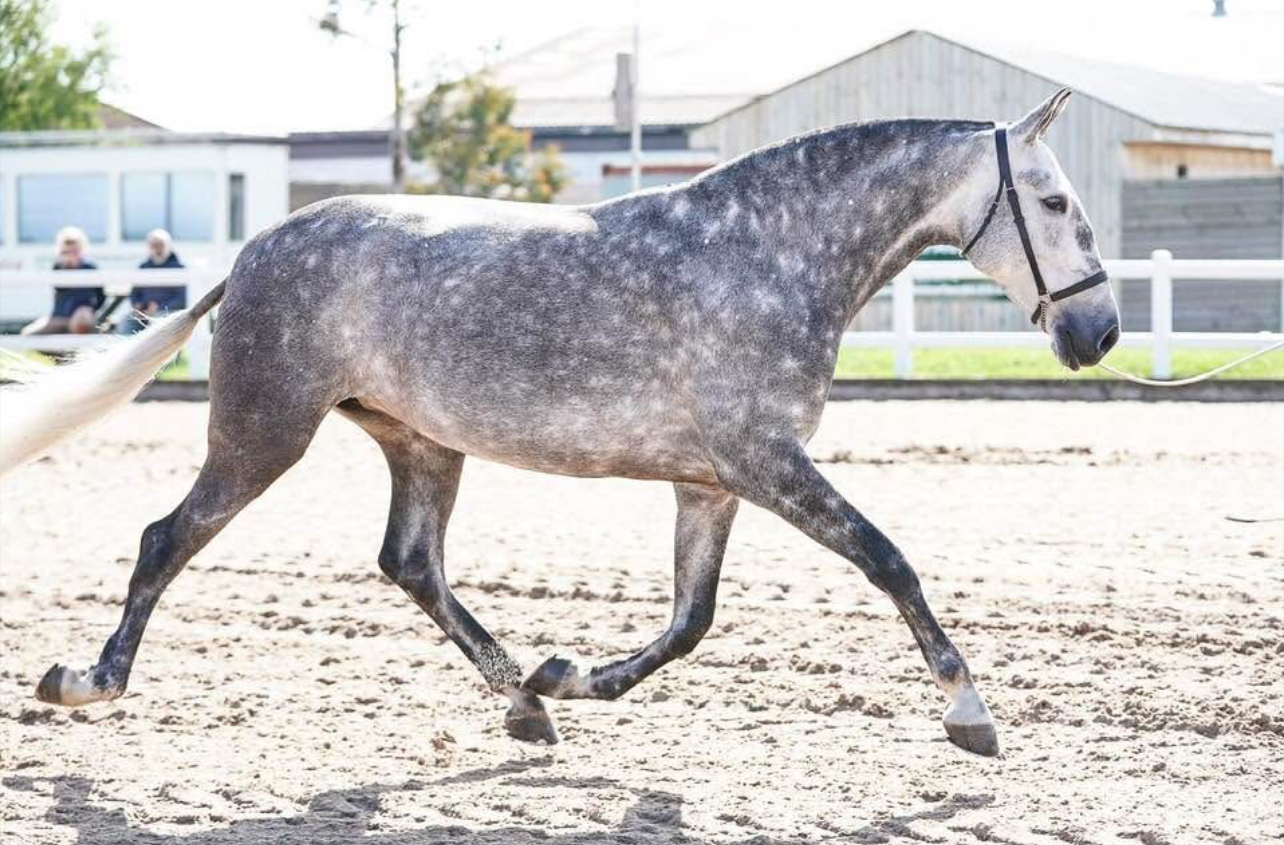
The Affects of Artificial Arena Surfaces on Performance
How Arena Surfaces Affect Your Horse’s Movement, Health, and Shoeing Needs
Mark N. Caldwell FWCF PhD – HoofFlix / ScientificHorseshoeing.co.uk
Introduction
Whether you’re schooling a dressage test, working cattle, or jumping a course, the surface your horse moves on plays a vital role in how their body handles each stride. Different arena surfaces affect your horse’s limbs, tendons, and feet in ways that can either enhance performance—or increase the risk of injury.
Research has shown that the stance phase—when the horse’s hoof is in contact with the ground—is the part of the stride most affected by arena footing (Setterbo et al., 2009; Clayton & Hobbs, 2017). During this phase, your horse’s body absorbs impact, stores energy, and prepares to push off. If the surface is too hard, too deep, or uneven, it can stress tendons, joints, and bones in ways they aren’t designed to handle.
This article explains what happens during the stance phase, how different surfaces influence movement and injury risk, and what role correct shoeing plays in helping horses stay sound.
Understanding the Stance Phase
The stance phase begins when the horse’s hoof first touches the ground and ends when it lifts off. It includes three key moments:
Heel landing – where the hoof initially makes contact
Mid-stance – when the horse’s weight is fully loaded on the limb
Toe-off – when the foot pushes away to start the next stride
The way the surface reacts to that hoof—how much it compresses, grips, or slides—changes how the horse moves. For example, firmer surfaces lead to quicker, more upright strides but also create higher impact forces that travel up the limb (Burns et al., 2010). Softer, deeper footing slows the stride and requires more effort from the muscles and tendons (Murray et al., 2010).
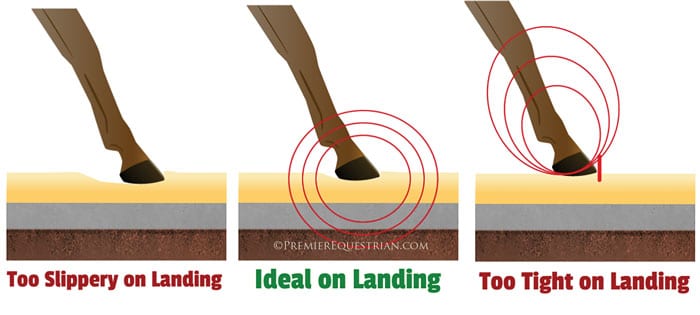 figure 1. Magnitude of impact shock in the lower limb of different surface footings.
figure 1. Magnitude of impact shock in the lower limb of different surface footings.
Types of Arena Surfaces and How They Affect the Horse
1. Hard or Compacted Surfaces
These include dry dirt, compacted sand, or frozen ground. While they provide a solid, predictable surface, they also increase the amount of concussion the hoof and limb must absorb. Horses working regularly on hard surfaces may be more prone to:
Coffin joint arthritis
Navicular-related pain
Proximal suspensory desmitis (Setterbo et al., 2009; Chateau et al., 2013)
Hard surfaces limit natural hoof expansion and reduce shock absorption, especially when barefoot or in thin-soled horses.
2. Deep or Loose Surfaces
Examples include dry, deep sand, or shredded wood fibre. These surfaces slow the limb and absorb shock well, but they can also:
Increase strain on the deep digital flexor tendon (DDFT) and superficial digital flexor tendon (SDFT)
Encourage greater fetlock extension, especially during fatigue
Raise the energy demand on the horse (Murray et al., 2010; Drevemo et al., 1991)
Repeated work in deep footing has been linked to tendon fatigue and soft-tissue injuries in performance horses.
3. Synthetic or Fibre-Amended Surfaces
These include waxed sand and textile-blended arenas. Well-maintained synthetic footing provides a balance between firmness and cushioning, helping to:
Reduce limb vibration
Decrease fetlock over-extension
Maintain regular stride patterns (Crevier-Denoix et al., 2010; Stachurska et al., 2021)
Synthetic surfaces are now widely used in elite competition venues for this reason. However, poor maintenance or weather changes can still affect performance and safety.
What Science Tells Us About Injury Risk
Studies have found clear links between arena surface type and the kinds of injuries horses develop:
| Surface Type | Common Risks | Source |
|---|---|---|
| Hard & compact | Joint damage, navicular syndrome, suspensory strain | Setterbo et al., 2009 |
| Deep & soft | Tendon overload, soft tissue fatigue | Murray et al., 2010 |
| Good synthetics | Lower rates of lameness, better movement symmetry | Crevier-Denoix et al., 2010 |
Advanced imaging techniques such as MRI have also revealed early signs of bone stress, joint inflammation, and ligament injury in horses working regularly on poor footing (Smith et al., 2014; Greve & Dyson, 2013).
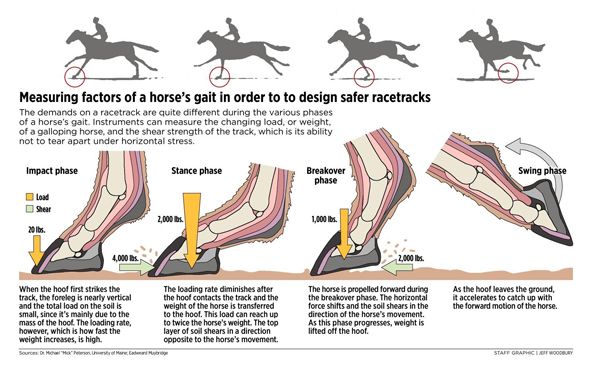 figure 2. Common injury sites affected at different stages of the stance phase. These are often exasperated by mechanical changes at the hoof / footing interface.
figure 2. Common injury sites affected at different stages of the stance phase. These are often exasperated by mechanical changes at the hoof / footing interface.
How Surfaces Affect Performance
Beyond health, the right surface also affects how well your horse can perform. Horses moving on consistent, well-prepared surfaces show:
Longer stride length
Improved balance and symmetry
Reduced compensatory movement patterns (Hobbs et al., 2014)
On the other hand, inconsistent footing—rutted, too dry, or uneven—can lead to missteps, stiffness, and shortened stride, especially in older or previously injured horses.
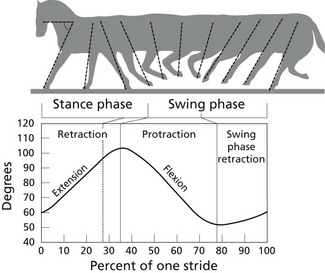
figure 3. Changes in orientation and duration are observed during the stride as a result of different footing. These changes are often dismissed as performance related training issues. However, science suggests that footing directly affects energy inputs resulting in deviations from an ideal swing phase pattern.
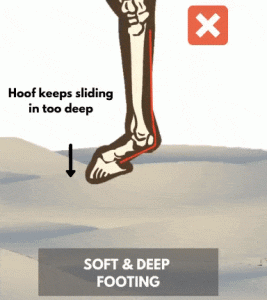
figure 4. Soft deep footing caused the DHW to increase leading to increases dorso flexion of the fetlock and increased strain on the suspensory apparatus and SDFT.
What Can Shoeing Do to Help?
Farriery isn’t just about trimming and putting on shoes—it’s also about preparing the hoof to work with the ground it meets. By choosing the right shoeing approach for a given surface, farriers can help:
Reduce shock and concussion
Improve traction without overloading joints
Adjust breakover to reduce strain on tendons and ligaments
Shoeing for Hard Surfaces
Shock-absorbing pads or polyurethane inserts can reduce concussion (Stromberg & Wright, 2002)
Wide-web shoes help distribute weight more evenly
Rockered or rolled toes ease breakover, reducing stress on the DDFT and navicular bone (O’Grady & Poupard, 2003)
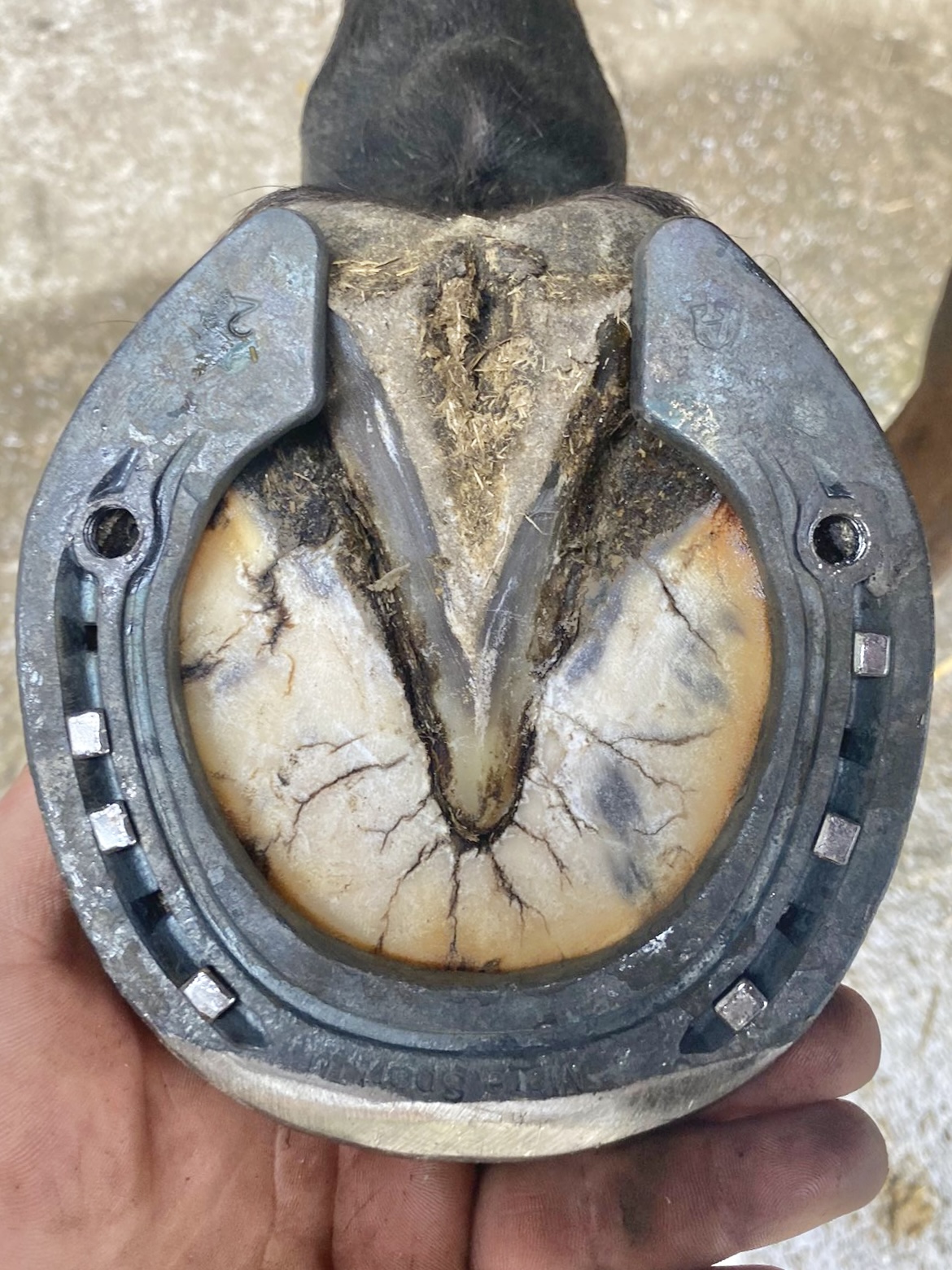
figure 5. Typical wide webbed shoe with rolled toe to reduce levers during break over used to reduce ground pressure during the stance phase. This type of shoe is often enhanced by the addition of rim pads or soft silicone packing for horses working predominantly on firm to hard footing.Shoeing for Deep Footing
Wide-toed shoes or shoes with increased ground surface help keep the hoof from sinking
Heel elevation or extended branches can prevent excessive fetlock drop
Shoeing for Synthetic Footing
Traction devices like studs may improve grip but can also increase joint torque—use with caution and balance (Back et al., 2007)
Maintaining regular hoof balance is key to avoiding compensatory limb loading
Correct farriery is surface-specific—what works in an indoor school may not be suitable for a grass arena or a synthetic competition ring.
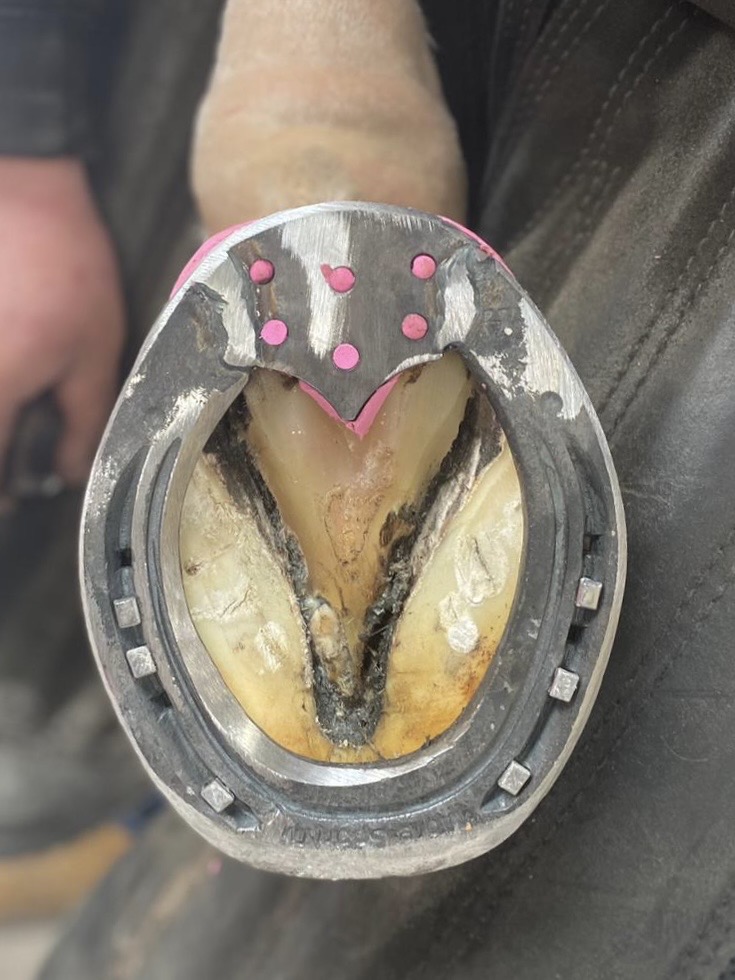 figure 6. Palmar / Plantar extensions, bar shoes and broad toe section shoes help mitigate dorso flexion in deep soft footing. The selection is governed by confirmation and gait analysis.
figure 6. Palmar / Plantar extensions, bar shoes and broad toe section shoes help mitigate dorso flexion in deep soft footing. The selection is governed by confirmation and gait analysis.
Take-Home Messages
The surface your horse works on matters—every stride is an interaction between hoof and ground.
Different surfaces place different loads on tendons, joints, and ligaments.
Injuries like navicular syndrome, joint arthritis, and tendon strain are often linked to inappropriate or inconsistent footing.
Shoe choices can help manage impact, traction, and strain—but must be tailored to both surface and discipline.
Combining surface management with smart farriery is the best way to protect your horse’s movement and long-term soundness.
References
Back, W., Schamhardt, H. C., & Barneveld, A. (2007). Orthopaedic shoeing effects. Equine Veterinary Journal, 39(S36), 28–33.
Burns, T. A., et al. (2010). Arena surface composition and limb loading. Am J Vet Res, 71(9), 1179–1185.
Chateau, H., et al. (2013). Distal limb joint effects of footing. Veterinary Journal, 198(S1), e53–e60.
Clayton, H. M., & Hobbs, S. J. (2017). Biomechanical analysis in horses. Veterinary Journal, 223, 27–40.
Crevier-Denoix, N., et al. (2010). GRFs and surface effects. Equine Veterinary Journal, 42(S38), 558–563.
Drevemo, S., et al. (1991). Surface compliance and limb mechanics. Equine Vet Sci, 11(4), 251–256.
Greve, L., & Dyson, S. (2013). Saddle fit and back-related lameness. Equine Vet Educ, 25(9), 409–417.
Hobbs, S. J., et al. (2014). Surface interaction and gait. Journal of Biomechanics, 47(1), 65–71.
Murray, R. C., et al. (2010). Risk of injury across surfaces. Equine Vet J, 42(S38), 558–563.
O’Grady, S. E., & Poupard, D. A. (2003). Shoeing heel pain cases. Vet Clin North Am Equine Pract, 19(2), 365–385.
Setterbo, J. J., et al. (2009). Surface and racing injuries. Equine Vet J, 41(2), 183–187.
Smith, R. K. W., et al. (2014). Imaging overuse injuries. Vet Clin Equine, 30(1), 239–265.
Stachurska, A. M., et al. (2021). Stride in synthetic surfaces. Animals, 11(3), 710.
Stromberg, M. W., & Wright, I. M. (2002). Pads and concussion relief. In Practice, 24(10), 558–564.
